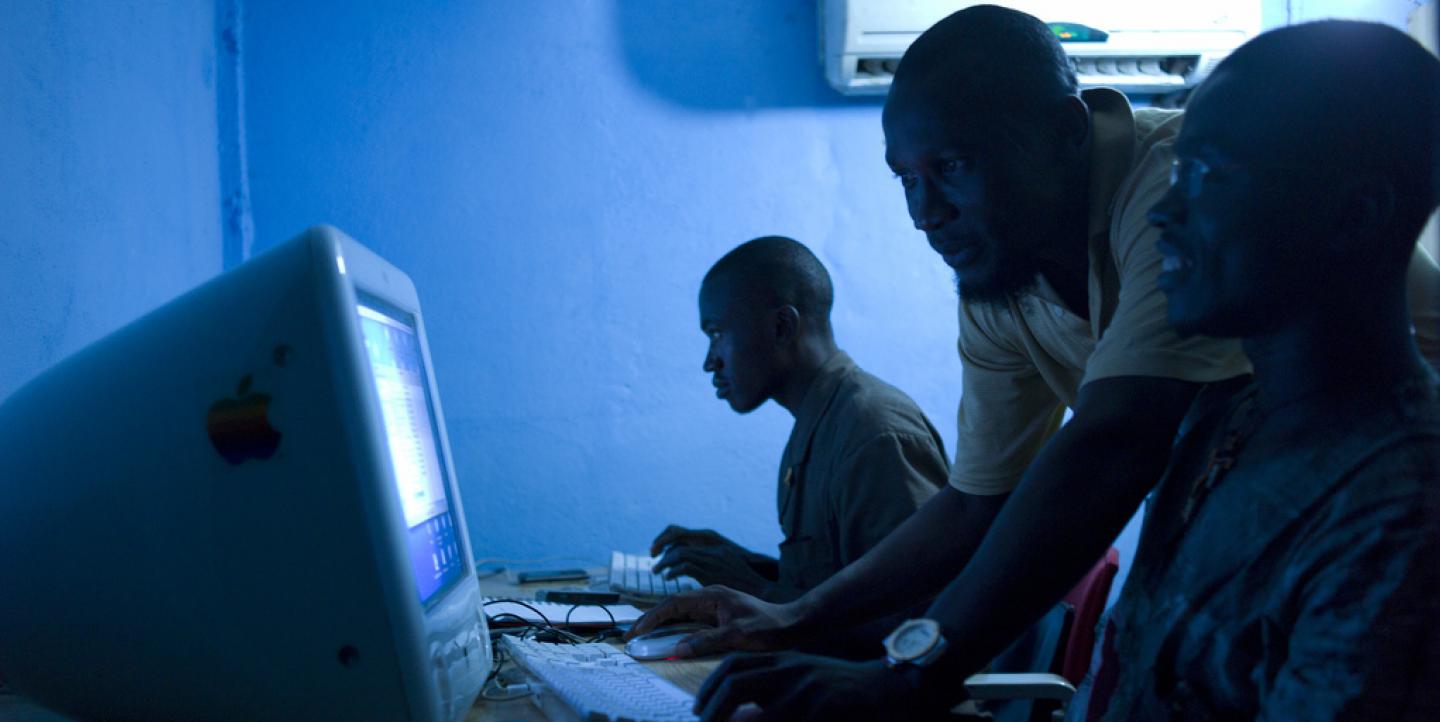The dramatic increase in mobile phones and internet connectivity across Africa in recent years has created new opportunities for reporters to collaborate on cross-border projects like the Panama Papers. But despite these new opportunities, Africa continues to pose unique challenges to journalists.
“The continent has proven its own special challenges with access to internet, access to information, rogue governments and even being able to have access to funds,” said ICFJ Knight International Journalism Fellow David Lemayian, who serves as Code for Africa’s lead technologist.
Lemayian and African Network of Centers for Investigative Reporting (ANCIR) Managing Editor Amanda Strydom work closely with journalism networks across Africa on news stories and projects, aiding top-secret investigations and building new open source tools for media.
The two shared their top tips for international journalists who are looking to partner with African newsrooms on reporting projects:
Plan effectively
“In an old-school newsroom, an editor could walk over to a reporter's desk, slam down his hand and demand copy. Our newsrooms sit in different time zones and thousands of miles apart and often with slightly dodgy internet connections," which means long-term planning and organizational skills are essential for meeting deadlines, Strydom said. She recommends coordinating deadlines with partner newsrooms’ editors and reporters, not just one or the other, and making sure they are all aware of the project expectations. She also tries to involve the tech team early in the project, ensuring that they’ll be able to iron out any bugs before the stories go live.
Find a local angle for your story
Since Africa is home to some 1.2 billion people, with 54 countries and an estimated 1,500 spoken languages, it is not possible for one network to cover everything that goes on across the continent. The trick to high reader engagement on stories is to know your audience, Strydom said. “In the case of Panama Papers, for instance, we wanted newsrooms to make the stories as local as possible -- to tell the story of the judge, to tell the story of the politician,” Strydom said. ANCIR chose to cover stories in English, French and Portuguese and partnered with various reporters and editors who could specialize in one of the languages.
The same is true for technology development, Lemayian said. He tries to build tools that solve the issues that “keep people up at night.” This requires an understanding of citizens’ greatest needs and priorities, he said. For example, he worked with The Star newspaper in Kenya to launch "Dodgy Doctors," a web and SMS app that helps citizens verify if their doctor is properly registered with medical authorities or not.
Scale and replicate successes
Once you have a working tool that solves a local problem, you can start to think about the issue on a continental (or global) scale, Lemayian said. Look for people in other places who face similar issues and then try to replicate your project to meet their individual needs. For example, the “Dodgy Doctors” app started in Kenya in 2013, but Lemayian later helped to re-launch a customized version for Nigeria two years later. The tool is also being updated for use in South Africa and Tanzania, where citizens face similar challenges picking reliable doctors.
“Being able to work with African newsrooms is very interesting in terms of being able to take the same tool and those same problems, those same challenges and be able to take them to different countries,” he said. It gives him and his team the opportunity to look at problems “from a different angle” and to put a “different twist” on the technology design and implementation.
Place a high value on local knowledge and networks
Foreign reporters sometimes undervalue African journalists, using them only as fixers and researchers, Strydom said.
“A foreign team jets in … and they leave with an award-winning story and little recognition for an African reporter who may have spent years building up a network,” she said. ANCIR trains reporters in its network on how to find stories and work with data, with the goal of leveling the playing field so that “local stories are told by locals,” Strydom said.
Understand the political climate where you’re working
Some African governments are known for harsh treatment of the media, and Strydom notes that there have been recent crackdowns in Angola, Kenya, Uganda and Zimbabwe. When there’s a compelling story coming out a country with highly restrictive press laws, ANCIR works with media organizations outside of the country in question to publish the story, often with the hope of reaching international policy shapers and donors, Strydom said.
Follow up on potential impacts
After stories have been published, it’s important to follow up on them to see if they have produced any results. Checking in can also lead to new ideas for other articles, such as a story about a powerful figure who failed to follow through on a promise or policy change after an investigative story uncovered wrongdoing. For example, after ANCIR’s Panama Papers investigation linked a diamond mining company in Sierra Leone to tax havens, the government promised to investigate the allegations. “We’ve yet to see whether this has happened or not, but it gives us an opportunity to follow up in three months,” Strydom said. “It sort of creates [another] news story.”
Editor’s note: This post is based on David Lemayian and Amanda Strydom’s “Working with African Newsrooms” presentation at the 2016 Investigative Reporters and Editors Conference on June 16-19. You can listen to the audio recording here.
Main image CC-licensed by Flickr via Multimedia Photography & Design - Newhouse School.

